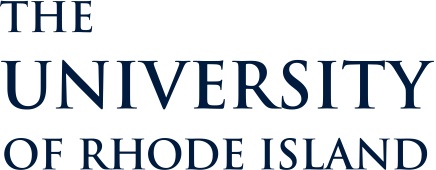Newswise — A University of Rhode Island oceanographer who helped develop an ocean-based hurricane forecast model that has been the most accurate hurricane prediction tool at the National Hurricane Center is completing work on an even better model that for the first time uses satellite technology to help predict a storm's path, intensity and surge.
The next generation of hurricane models is being developed by URI Professor Isaac Ginis, in collaboration with scientists at the NOAA Centers for Environmental Prediction, to replace an earlier version used by the National Hurricane Center since 1995.
"The new Hurricane Weather and Research Forecasting model will incorporate satellite data, as well as temperature data collected from instruments dropped from aircraft into the water at the eye of the storm, to create the first hurricane model that consolidates information from the air, sea and land," said Ginis. "This new model has improved physics and numerics, allowing us to do a much better job of simulating the hurricane core at much higher resolution, which results in better forecasts."
While the accuracy of forecasting the path of a hurricane has improved dramatically over the years, little improvement has been made in accurately predicting hurricane intensity, according to Ginis. The new model is expected to greatly improve hurricane intensity predictions, while also becoming the first model to predict the storm surge and inland flooding associated with hurricanes.
Ginis began work on the new model in 2006 and was recently awarded two grants from the National Oceanic and Atmospheric Administration to complete work on it and make it operational for the 2008 hurricane season.
The URI researcher also received a grant from the U.S. Navy to adapt his original model, which was developed exclusively for use in the Atlantic Ocean, Caribbean Sea and Gulf of Mexico, to forecast typhoons in the Pacific Ocean.
"The atmosphere is the same over the Pacific," noted Ginis, "but the ocean is very different. It has different temperatures, geography and coastlines, so I'll be incorporating a wide range of data specific to the Pacific region into the model for the Navy's use."
The Korean Oceanographic Research Institute has also awarded Ginis a grant to adapt his model to the particular conditions of the Korean peninsula. A typhoon in 2001 devastated two major ports in Korea, and the government believes that better storm forecasts would have allowed the ports to be better prepared.
Ginis said that the governments of Japan and Taiwan may also be interested in working with him to improve typhoon forecasts in the region.
"The major challenge in the Pacific is to better understand the ocean dynamics there," Ginis explained. "We need a great deal more data from the Pacific region, particularly observational data that is already available for the Atlantic but that hasn't been collected in the Pacific."
Korean researchers will be collecting most of the necessary data.
As for the 2007 Atlantic hurricane season, Ginis believes that the Eastern Seaboard may be at greater risk for a hurricane this year.
"We just finished an El Nino period, which results in fewer storms, but now we're transitioning to La Nina, which favors storm development," he said. "We're overdue here in New England for a big storm. Category 3 storms strike our region about every 60 years, and the last one was Carol in 1954."
